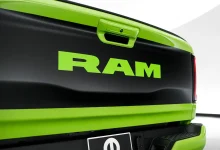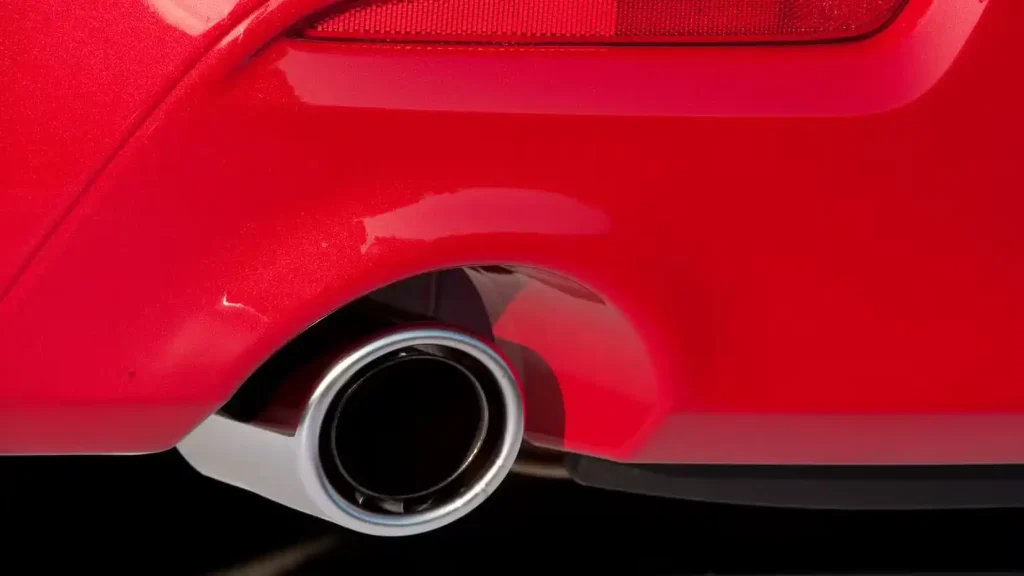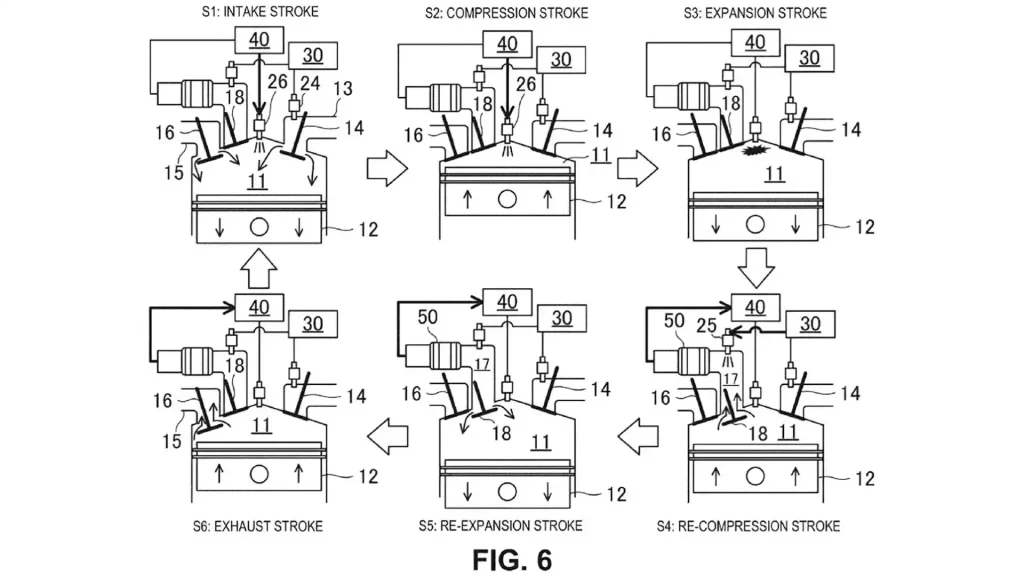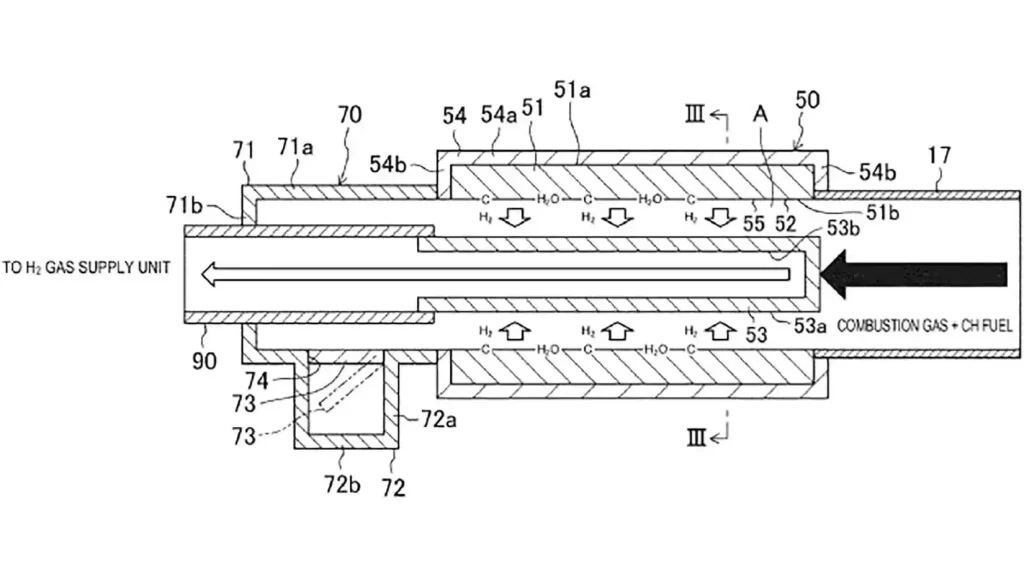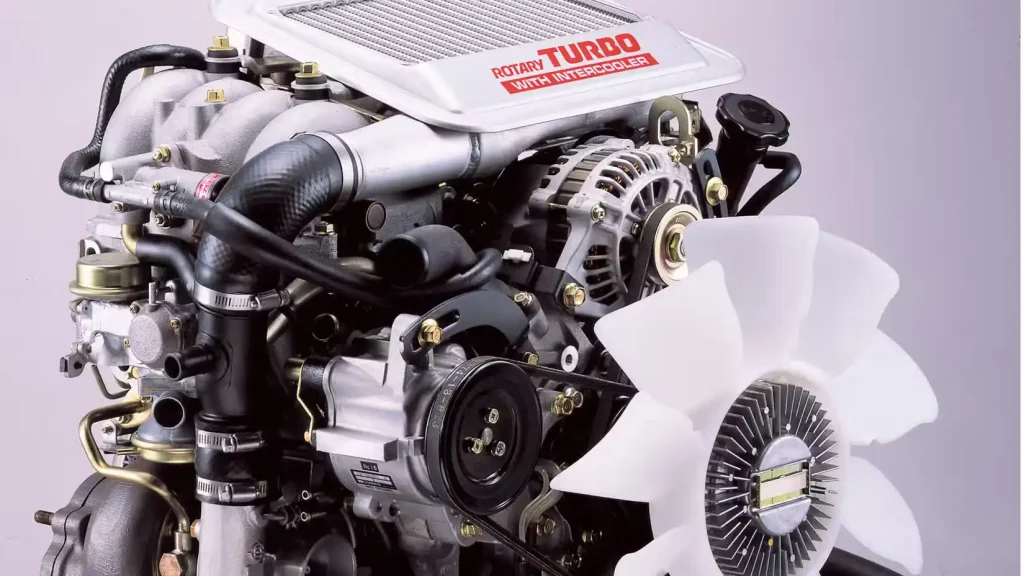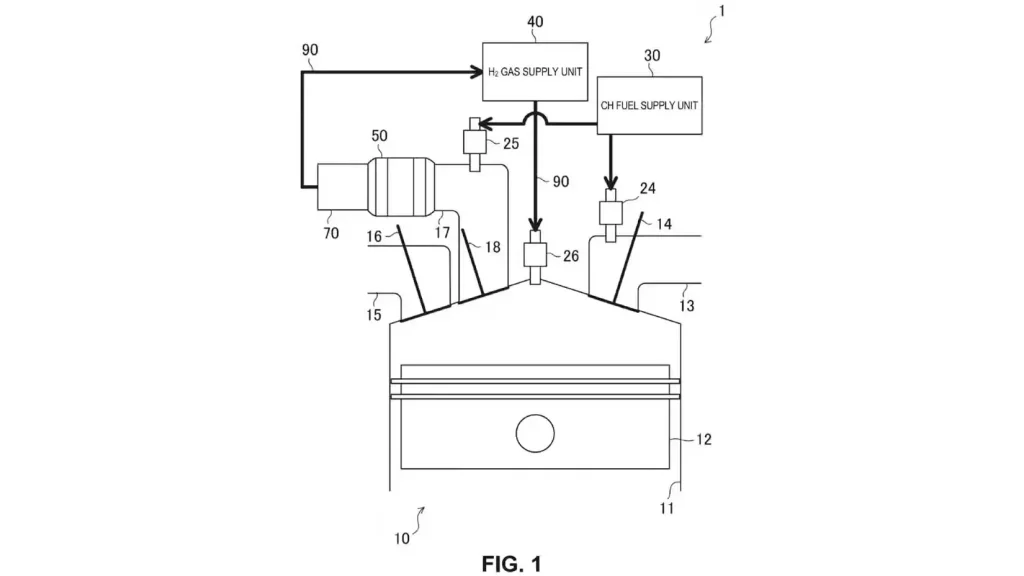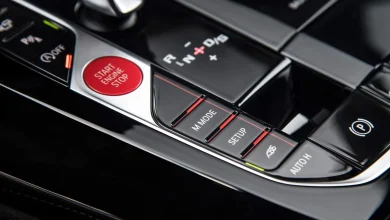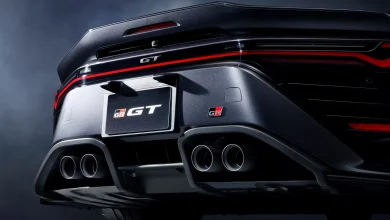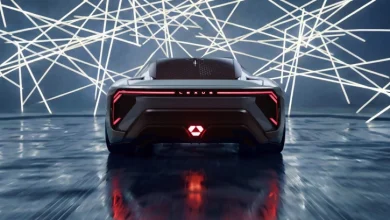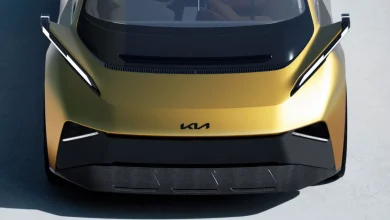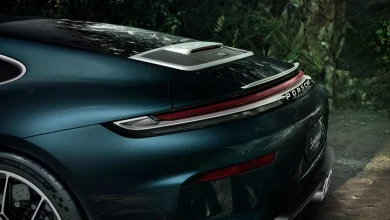Mazda Unveils 6-Stroke Hydrogen Engine That Produces Its Own Fuel From Gasoline
“Mazda’s Revolutionary Engine Promises Zero-Carbon Driving on Gasoline”
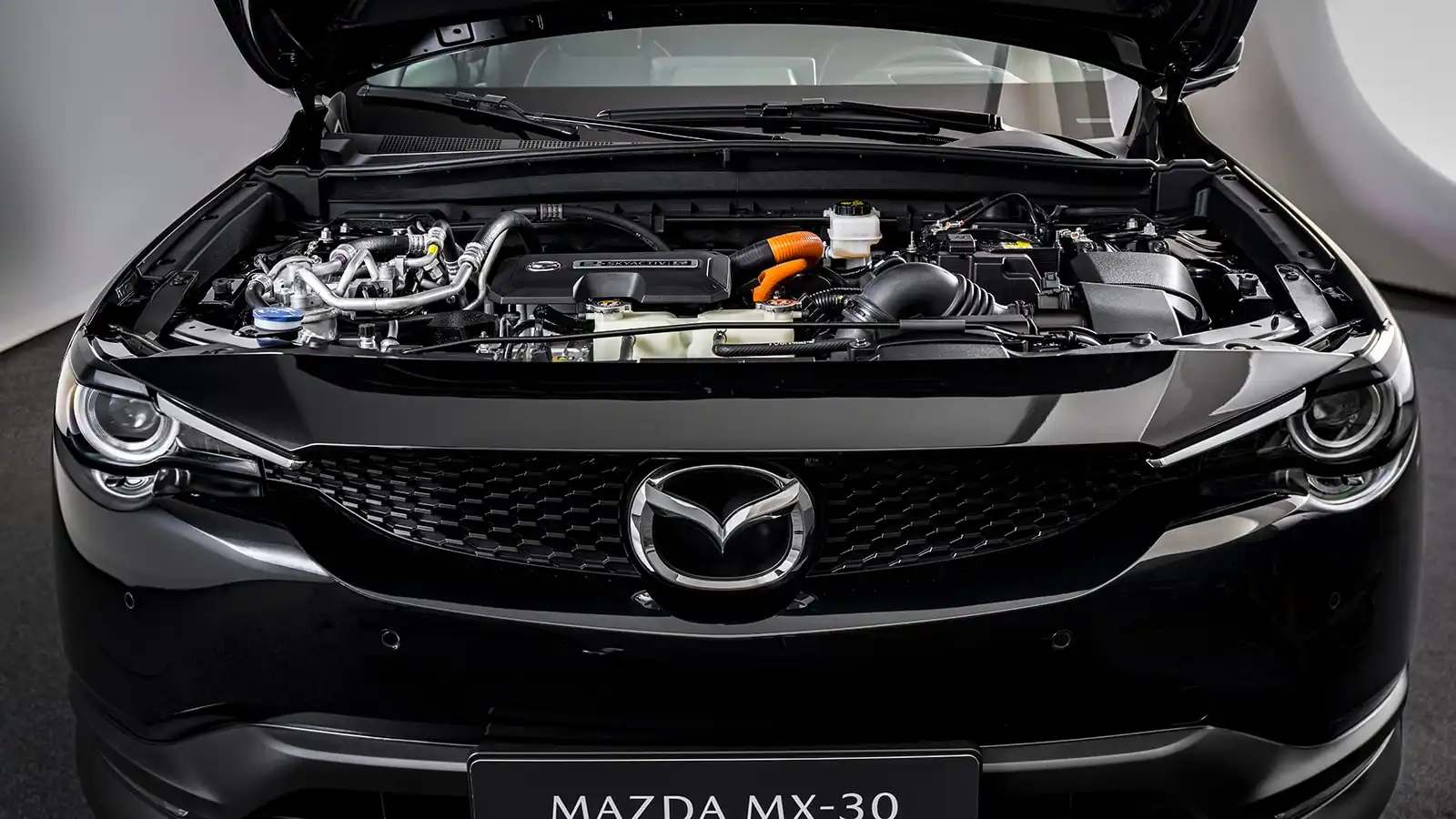
Mazda has long been known for chasing unconventional engineering ideas. From its persistent efforts to perfect the rotary Wankel engine, to experimenting with compression-ignition gasoline powertrains, the brand has never shied away from breaking norms. It even pulled off a 14:1 compression ratio in a gasoline engine that still manages to run on regular unleaded. Beyond these headline-grabbing feats, Mazda’s history is dotted with quirky creations like the Miller-cycle-powered Millenia sedan and the tiny 1.8-liter V6 that found its way into the MX-3.
This time, however, Mazda may have topped all of its past experiments. The automaker has filed a patent for an innovative six-stroke engine. Wondering what the two extra strokes are for? In short, the system splits gasoline into its core elements—hydrogen and carbon—and then burns only the hydrogen, effectively removing carbon from the combustion process. Simple in theory, groundbreaking in practice. And believe it or not, the concept gets even more radical from there.
Gas Goes In, Carbon Doesn’t Come Out
Mazda latest patent, officially named “Fuel Reforming System for Vehicle,” hardly captures the groundbreaking idea behind it. The automaker’s engineers describe the system as a method to trap carbon, enhance thermal efficiency, and potentially deliver a vehicle that operates in a carbon-neutral way.
Here’s how it works: the engine uses its own heat along with a catalyst to extract hydrogen from gasoline. That hydrogen is then burned for power, while the separated carbon is captured and stored for later removal. The outcome is a combustion process that can run on gasoline while producing little to no CO₂ emissions—at least most of the time.
The engine stores only a small amount of hydrogen at any given time, eliminating the need for complicated high-pressure tanks. When there isn’t enough hydrogen available, it can simply operate like a conventional gasoline engine until more hydrogen is ready. In theory, this approach could give the internal combustion engine a new lease on life. But there’s a catch: this may be the most intricate and ambitious solution Mazda has ever devised—and for a company known for bold engineering, that’s saying a lot.
Old and Busted: Four-Stroke. New Hotness: Six-Stroke.
A conventional engine operates on four strokes. During the first stroke—the intake—the piston moves downward, drawing in air and fuel. Next comes compression, as the piston rises to squeeze the mixture before the spark plug ignites it, driving the power stroke downward. Finally, the exhaust stroke pushes out combustion gases as the piston moves up, completing the cycle—then it all repeats.
Mazda six-stroke engine still uses the familiar four strokes—but adds two more for a radical twist. In the first cycle, air is drawn in as usual. Additionally, the engine can open an exhaust valve to pull in some exhaust gases, simplifying the process of exhaust gas recirculation (EGR).
The next two cycles follow the conventional pattern: compression, then power. The fourth cycle, however, is the re-compression stroke. During this phase, the exhaust air is expelled through a separate valve, which directs it into a component known as the decomposer.
Mazda’s decomposer functions similarly to a catalytic converter—but without relying on costly metals. Positioned just ahead of it is a fuel injector that sprays gasoline into the hot exhaust gases.
The hot exhaust and injected fuel then pass into the reformer, where the carbon—pure elemental carbon, not CO₂—adheres to the catalyst. Gasoline, composed of hydrocarbons such as octane (C₈H₁₈), is effectively split, with both hydrogen and carbon separated and stored for later use.
A carbon recovery unit captures the carbon produced during the reaction. This unit would be emptied or replaced during routine service. The recovered carbon could then be repurposed for applications such as steel production, pigments, or simply stored for later use.
Cycle five, known as the re-expansion cycle, draws the remaining air back into the cylinder. In cycle six—corresponding to the standard engine’s fourth, or exhaust, stroke—the air is expelled through the exhaust valve, completing Mazda six-stroke sequence.
Mazda patent also outlines several variations. Two of these employ slightly different approaches within the catalyst, while another adapts a four-stroke cycle in which the fourth stroke acts as a “scavenging cycle,” with the intake, exhaust, and reformer valves all open simultaneously. Essentially, it’s like an even more intricate take on a two-stroke engine.
Extremely Complex—and Potentially Less Efficient
Mazda six-stroke engine would be far more intricate than a conventional internal combustion engine. Incorporating an additional valve path adds numerous components and requires a more complicated cylinder head design. Both the extra valve and the exhaust valve would need to be controlled by an actuator rather than a traditional camshaft.
While multiple cylinders could share a single reformer, engineers would need to ensure that no single cylinder dominates the airflow. The reformer and its passages must also withstand the extreme heat of combustion. On top of that, the design requires three additional fuel injectors and a small hydrogen storage tank, adding further complexity.
The engine would also require a substantial amount of carbon storage. Gasoline is predominantly carbon by weight, with roughly 5.5 pounds of carbon per gallon. That means a 15-gallon tank of fuel in a Mazda CX-5 would produce around 82.3 pounds of carbon—roughly equivalent to five one-gallon jugs. While this could keep dealer service departments busy, the key point is that it also prevents about 300 pounds of CO₂ from being released into the atmosphere—the very reason behind Mazda ambitious design.
What About Efficiency?
Estimating fuel economy for hydrogen combustion is tricky, given how rare the technology is. One notable example is the 2007 BMW Hydrogen 7, whose 6.0-liter V12 could run on gasoline or liquid hydrogen. On hydrogen, it achieved 125 miles from 18 pounds of fuel—about 6.9 miles per pound. Considering that gasoline contains roughly 0.8 pounds of hydrogen per gallon, that translates to around 8.6 miles per gallon. By comparison, the gasoline-powered 760Li manages roughly 15 mpg, highlighting the efficiency challenges of burning hydrogen alone.
The concept is undeniably fascinating, pushing the boundaries of what a gasoline engine can do. Yet the practical implementation would be extraordinarily complex, and its real-world efficiency remains uncertain. In true Mazda fashion, though, it’s an audacious idea—so don’t be surprised if we eventually see some form of this technology make it into production.
